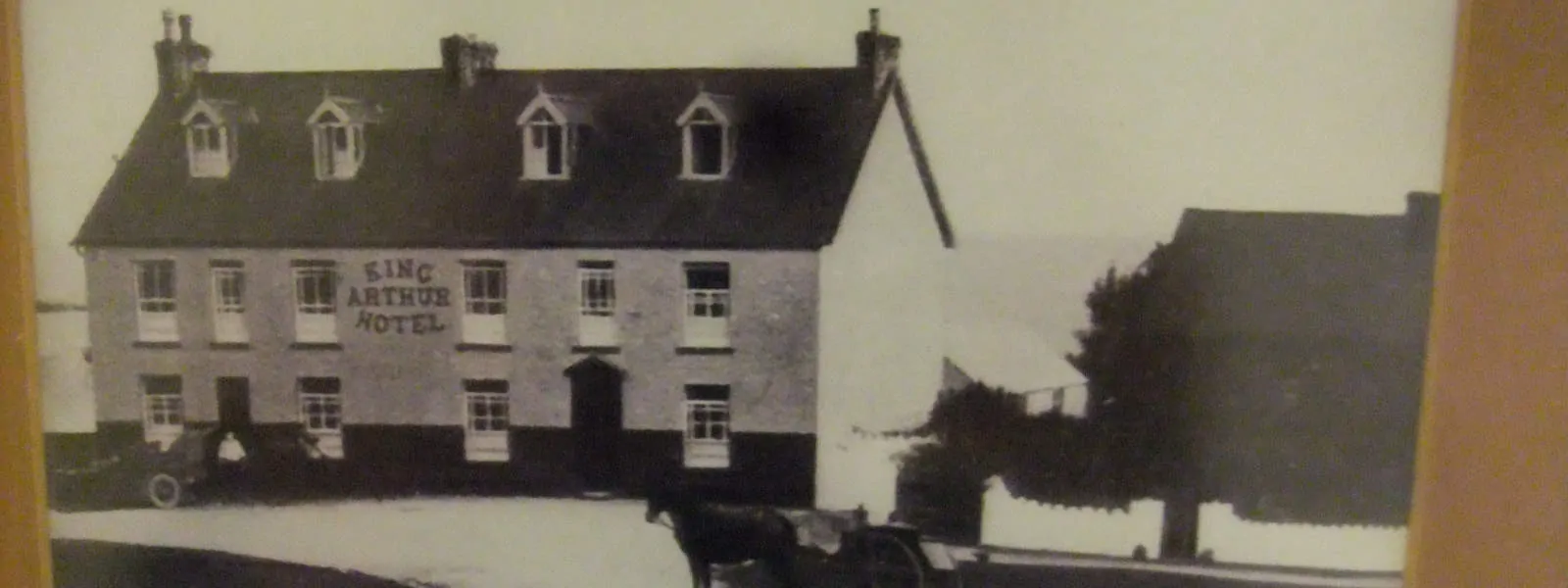This field trip has the following curriculum links
Geography: Ask and Answer the Questions
– Where is this place/environment? What is it like and why? What is happening and why?
– How is this place the same as or different from other places/environments and why? Is it always the same? Why is it changing?
– How have people affected this place/environment? How can I and other people look after this environment? KS2.
Geography: Education for Sustainable Development and Global Citizenship
Geography: Geographical Skills
Carry out:
– At least one group investigation and one independent investigation into a geographical question or issue.
– Fieldwork to observe and investigate real places and processes.
Ask and answer the questions:
– What are the features, the processes and patterns of this place/environment and why do they occur?
– How and why is this place/environment changing? What might happen next, in the short/long term and why?
– How and why is this place/environment/feature connected to and interdependent with other places/environment/features?
– How do environments and people interact?
– How can changes be sustainable and why is it important for this place/environment?
– What are the geographical issues for people living in this location?
– How and why do people’s views on issues differ and what do I think? How can my actions and those of other people make a difference?
Locally, nationally and globally? KS3.
Geography: Geographical Skills
Investigative Skills
Cartographic Skills
Statistical Skills
A level
Geography: Investigating
1. Identify and establish sequences of questions for investigation, e.g. What are the processes? How can people manage these processes? What are the issues? What decision would I make?
2. Observe, measure, extract and record data through carrying out practical investigations and fieldwork and using a variety of secondary sources, e.g. carry out land use mapping, use GIS.
3. Analyse and evaluate ideas and evidence, answer questions and justify conclusions, e.g. analyse trends over time, evaluate causes. KS3.
Geography: Investigating
1. Observe and ask questions about a place, environment or a geographical issue, e.g. Why does it flood? How and why is our village changing?
2. Measure, collect and record data through carrying out practical investigations and fieldwork, and using secondary sources, e.g. use instruments to measure rainfall, use GIS, design questionnaires. KS2.
Geography: Knowledge and Understanding of the World
To experience the familiar world through investigating the indoor and outdoor environment. KS1.
Geography: Locating Places, Environments and Patterns
1. Identify and locate places and environments using globes, atlases, and maps, e.g. use co-ordinates and
four-figure references.
2. Follow directions, estimate and calculate distances, e.g. follow map and ground routes, calculate map-to-ground
distances.
3. Use maps, imagery and ICT to find and present locational information, e.g. draw sketch maps using symbols and keys. Interpret maps, and photographs including oblique, aerial and satellite images. KS2.
Geography: Locating Places, Environments and Patterns
1. Locate places and environments using globes, atlases, maps and plans, e.g. use six-figure grid references, OS 1:25,000 and 1:50,000 maps, and internet/satellite imagery.
2. Use maps, plans and imagery of different types and scales and ICT to interpret and present locational information, e.g. use relief maps, satellite images, GIS, draw sketch maps.
3. Explain the spatial patterns of features, places and environments at different scales and how they are interconnected, e.g. local traffic flows, global population density. KS3.
Geography: Places and People
Identify natural features, e.g. rivers, hills, beaches, and the human features, e.g. buildings, roads, bridges, of their own locality. KS1.
Geography: Places and People
Recognise how people’s actions can improve or damage the environment. KS1.
Geography: Places and People
Use and make simple maps, to find where places are and how places relate to other places. KS1.
History: Chronological Awareness
Use timelines to sequence events. KS2 and KS3.
History: Historical Enquiry
Independent use of a range of historical sources. What impact did people of this time have on their environment? KS2 and KS3.
History: Historical Knowledge and understanding.
Pupils identify differences between ways of life at different times.
Daily life of people living in the time of the Iron Age Celts.
What was life like for rich and poor people, for men, women and children, e.g. houses, food and farming, transport, education, clothes, celebrations, pastimes?
History: Rigid and flexible materials
KS2 Design and Technology
Use a range of materials and components,
making choices based on their developing
knowledge of how they should be used, e.g.
using square-section timber or lollypop sticks
to strengthen a cardboard structure
